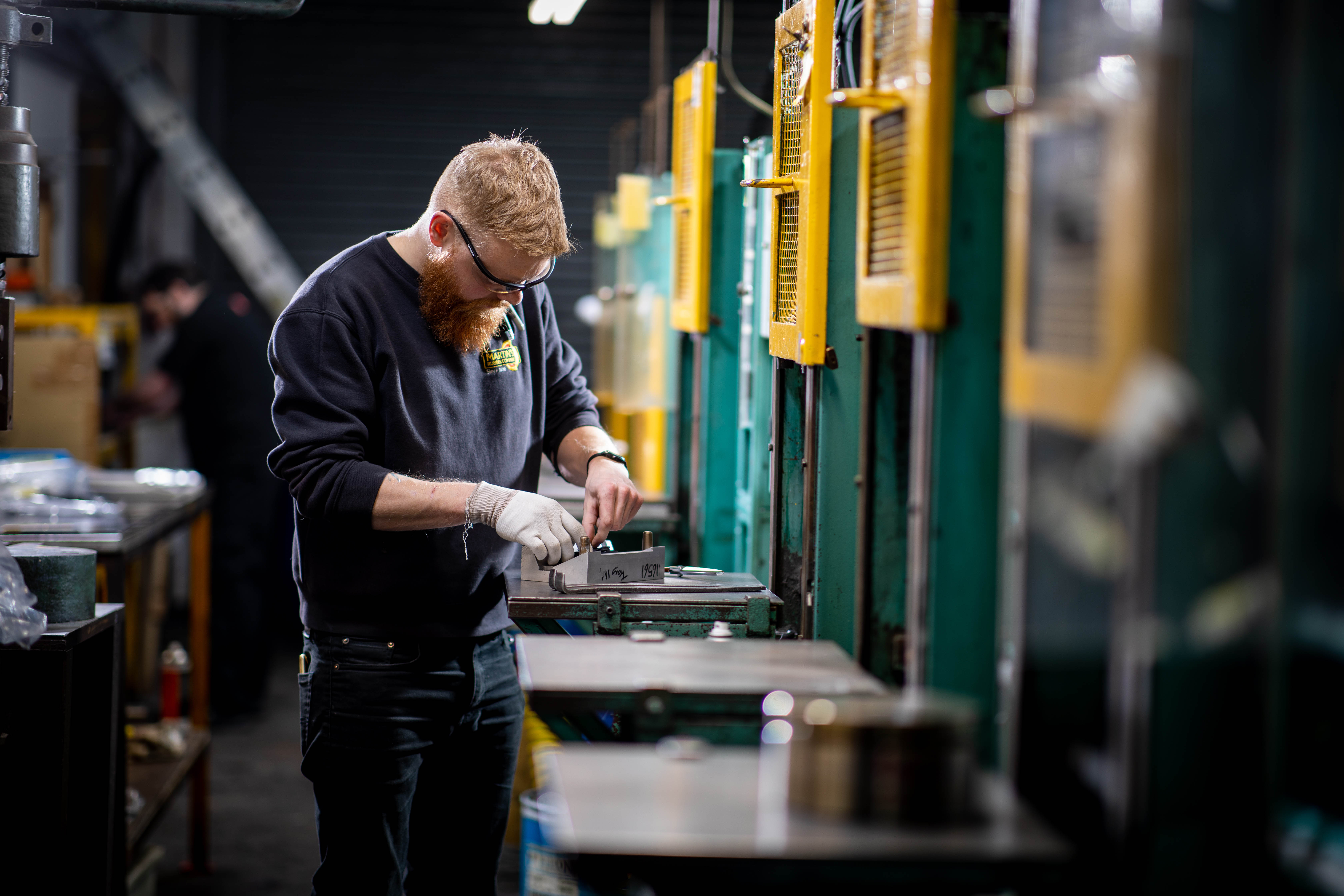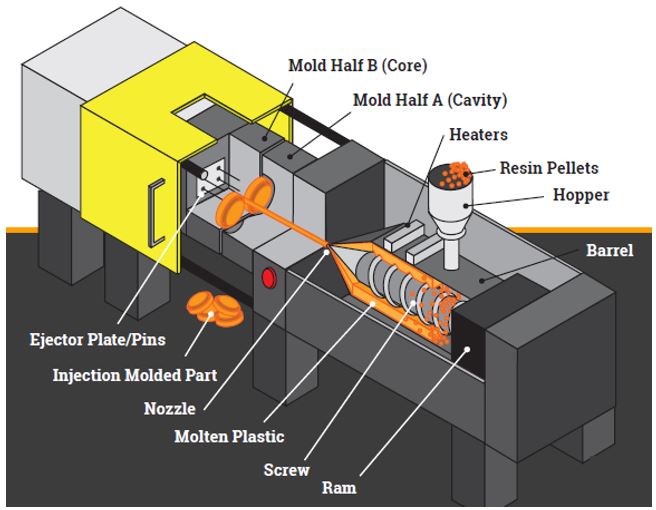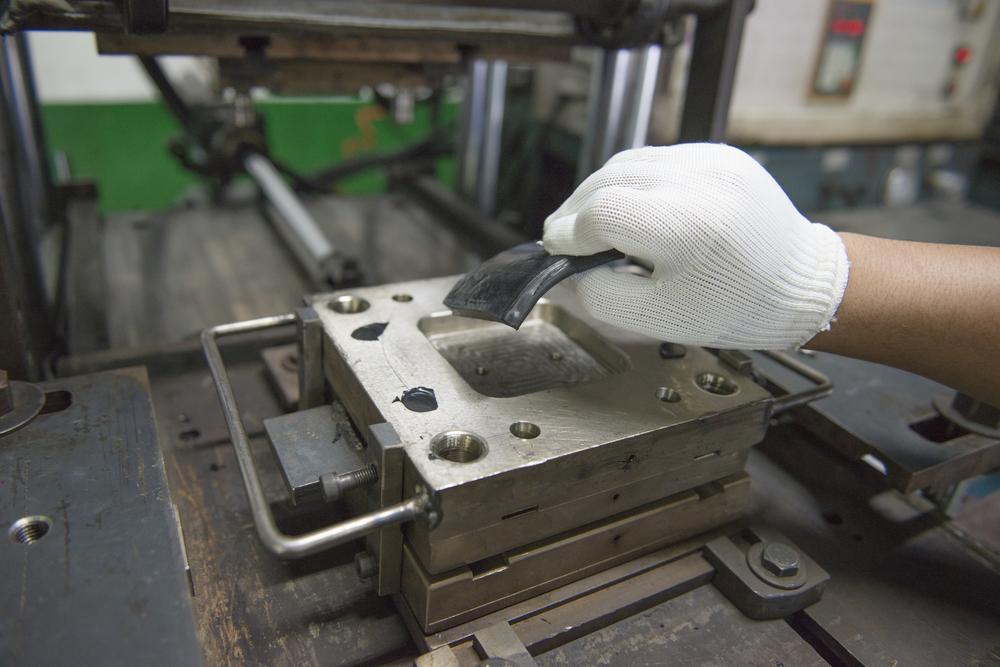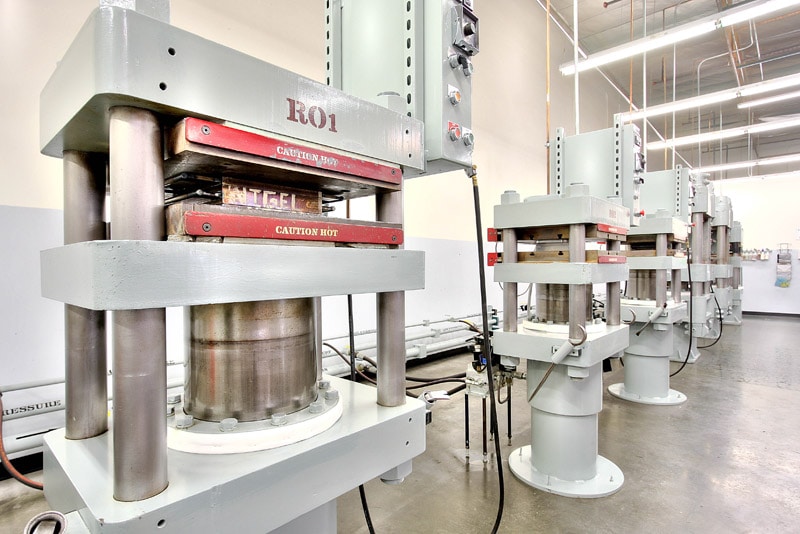Injection molding is superior to compression molding due to its higher precision, faster production rates, and greater design flexibility.

Efficiency and Speed
Time to Produce a Single Unit
- Injection moulding boasts a short cycle time, often just a few seconds.
- The process is automated, requiring minimal human intervention.
- In comparison, compression moulding has a longer cycle time due to manual loading and unloading of material.
- Quick cycle times in injection moulding result in higher productivity and efficiency.
Mass Production Capabilities
- Injection moulding is ideal for mass production due to its automated nature.
- Once the initial setup is complete, the production line can operate unattended.
- Multi-cavity moulds in injection moulding can produce multiple parts in one cycle.
- Compression moulding typically produces one part per mould, per cycle, limiting its mass production capabilities.
- Injection moulding offers better economies of scale, making it more cost-effective for large runs.
The focus on short cycle times and mass production capabilities contributes to why injection moulding is often considered more efficient and faster than compression moulding.
Material Usage
Waste Generation
- Injection moulding typically produces less waste than compression moulding.
- The precise control of material volume in injection moulding helps minimize leftover material.
- Any waste that does occur can often be recycled back into the production process.
- In contrast, compression moulding usually generates more material waste due to the excess material that is trimmed off.
- Minimizing waste is not only cost-effective but also better for environmental sustainability.
Material Flexibility
- Injection moulding accommodates a wide range of polymers, including thermoplastics, thermosets, and elastomers.
- This versatility allows for greater design freedom and material optimization.
- Compression moulding has fewer material options, generally limited to thermosetting materials.
- The broader material options in injection moulding cater to a wider array of industrial applications.
Material Consistency
- Injection moulding offers high material consistency due to its automated nature.
- The process ensures uniform material distribution, leading to consistent part quality.
- Compression moulding may result in inconsistent material distribution, especially for complex geometries.
- Consistent material usage is crucial for meeting stringent quality standards in various industries.
Tooling and Setup
Complexity of Moulds
- Injection moulding allows for the production of more complex parts compared to compression moulding.
- Advanced computer-aided design (CAD) software enables intricate mould designs.
- More complex moulds in injection moulding may raise initial costs but often result in long-term savings.
- Compression moulding generally involves simpler moulds, limiting the complexity of the parts that can be produced.
- The ability to create intricate moulds in injection moulding is particularly useful for precision engineering applications.
Setup Time
- Injection moulding machines can be set up more quickly due to their automated nature.
- Once the mould is prepared and installed, the machine takes over, requiring minimal oversight.
- Compression moulding setup often involves more time, as each mould must be manually prepared.
- Quick setup times in injection moulding lead to increased productivity and efficiency.
Adaptability to Design Changes
- Injection moulding offers better adaptability to design changes, especially when CAD software is involved.
- Minor tweaks to the design can be easily incorporated into the existing setup.
- Compression moulding is less flexible when it comes to design changes, often requiring a new mould to be made.
- The adaptability of injection moulding is particularly beneficial in industries with rapidly changing product design requirements.

Quality and Precision
Surface Finish
- Injection moulding typically produces parts with excellent surface finish.
- The high pressure used in injection moulding ensures that the material fills the mould completely, resulting in smooth surfaces.
- In contrast, compression moulding may result in parts with uneven or rough surfaces, requiring additional finishing steps.
- The quality of surface finish in injection moulding is vital for applications such as automotive components and consumer electronics.
Dimensional Accuracy
- Injection moulding offers superior dimensional accuracy compared to compression moulding.
- The automated process and advanced moulding technologies contribute to higher precision.
- Compression moulding often faces challenges in maintaining tight tolerances, especially for complex parts.
- Dimensional accuracy is critical in industries like aerospace and medical devices, where even minor variations can be unacceptable.
Reproducibility
- Injection moulding excels in producing identical parts in large volumes, ensuring high reproducibility.
- Once the mould and settings are finalized, variations between parts are minimal.
- Compression moulding is generally less consistent due to manual operations, leading to greater variability between parts.
- High reproducibility in injection moulding is crucial for mass-produced items that must meet stringent quality control standards.
Flexibility in Design
Complexity of Parts
- Injection moulding allows for greater design complexity than compression moulding.
- The process can create intricate geometries, fine details, and complex internal structures.
- This enables designers to push the boundaries of what is achievable in plastic components.
- Compression moulding generally handles simpler geometries and lacks the ability to create highly complex parts.
- Design complexity is particularly relevant for industrial design and specialized components.
Undercuts and Overmolding
- Injection moulding can easily handle designs with undercuts, something which is difficult in compression moulding.
- Overmolding, or inserting a second material during the moulding process, is also readily accomplished in injection moulding.
- These capabilities enable the creation of multi-component or multi-material parts in a single process.
- Compression moulding struggles with these design features, often requiring secondary processes.
- Undercuts and overmolding are commonly used in consumer electronics and automotive components.
Inserts
- Injection moulding is compatible with the use of pre-formed inserts, such as metal screws or electrical contacts.
- The inserts can be placed in the mould before the injection process, creating a secure bond with the plastic.
- Compression moulding usually requires a secondary process for adding inserts, increasing time and cost.
- The ability to integrate inserts is crucial for electromechanical systems and assembly components.

Operational Conditions
Labor Requirements
- Injection moulding is largely automated, reducing the need for a large labor force.
- Once the machine is set up, it can produce parts with minimal human intervention.
- Compression moulding, on the other hand, often requires more labor for tasks like manual loading of material.
- Lower labor requirements contribute to the overall efficiency and cost-effectiveness of injection moulding.
Skill Level Required
- Operating an injection moulding machine typically requires specialized training but less hands-on skill for each cycle.
- Compression moulding usually needs skilled labor for tasks like material preparation and mould adjustments.
- The lower skill level required for routine operation in injection moulding can result in a shorter learning curve.
- Specialized training is more focused on machine setup and quality control in injection moulding.
Safety Considerations
- Injection moulding machines come with multiple safety features to protect operators, such as interlocking guards and emergency stop buttons.
- The automated nature of the process also minimizes the chances of human error leading to accidents.
- Compression moulding processes, involving more manual interaction, may pose higher safety risks.
- Adhering to safety protocols is crucial in any manufacturing environment, but injection moulding often has inherent safety advantages.

Economic Considerations
Initial Cost
- Injection moulding often involves a higher initial cost for mould design and machine setup.
- Advanced CAD software and high-precision moulds can add to these initial expenses.
- However, these costs are often offset by the savings in labor and material in the long run.
- Compression moulding usually has lower initial costs, but the savings may be negated by higher running costs.
- Understanding the total cost of ownership is crucial for making informed decisions.
Running Costs
- Injection moulding benefits from lower running costs, primarily due to automation and efficient material usage.
- Less waste and fewer labor requirements contribute to ongoing savings.
- Compression moulding usually has higher running costs because of labor intensity and material waste.
- Lower running costs are critical for maintaining competitive pricing in the market.
Return on Investment
- Although injection moulding has higher initial costs, the return on investment (ROI) is often faster due to lower running costs and higher production volumes.
- The ability to produce complex parts with high precision adds value, increasing potential ROI.
- Compression moulding, with its limitations on part complexity and slower production rates, may offer a slower ROI.
- Calculating ROI is essential for long-term business planning and strategy.


